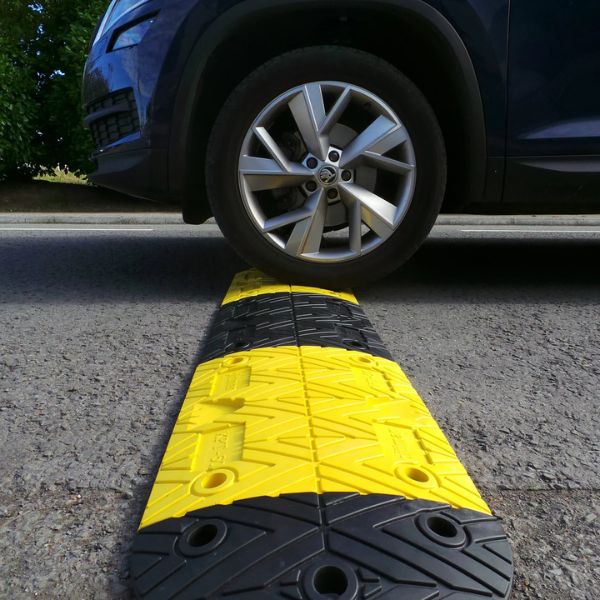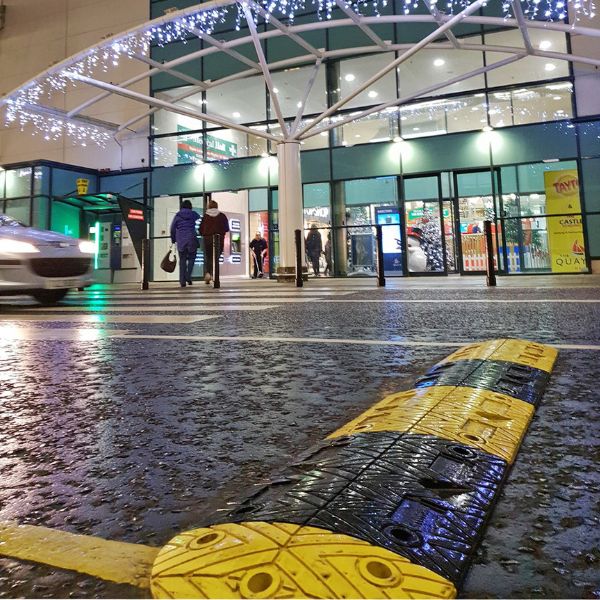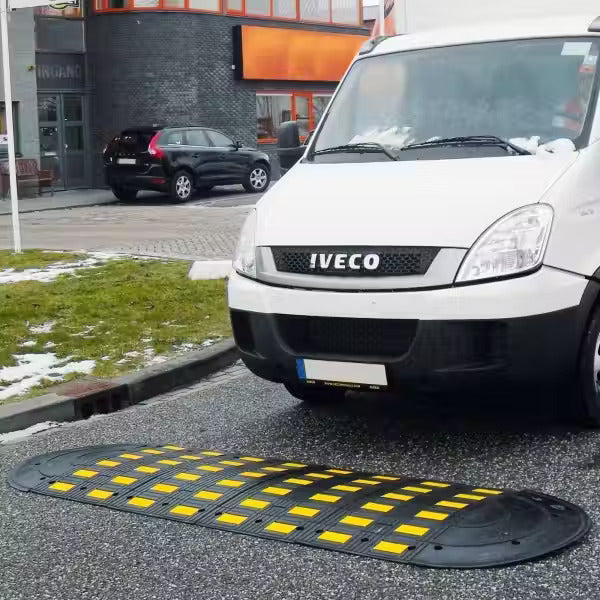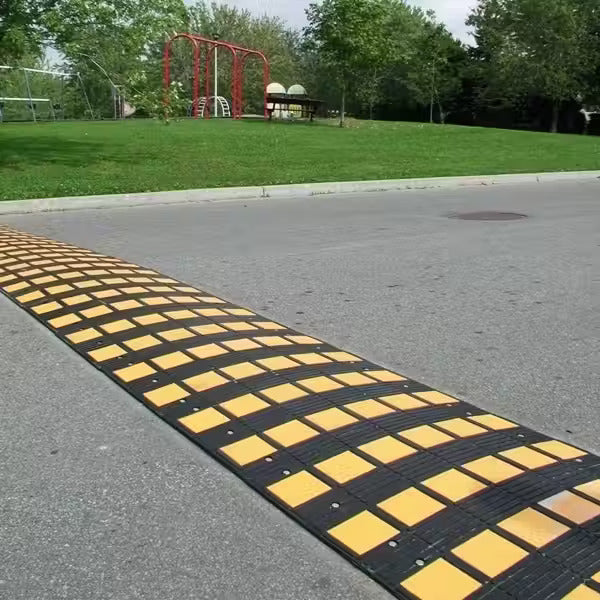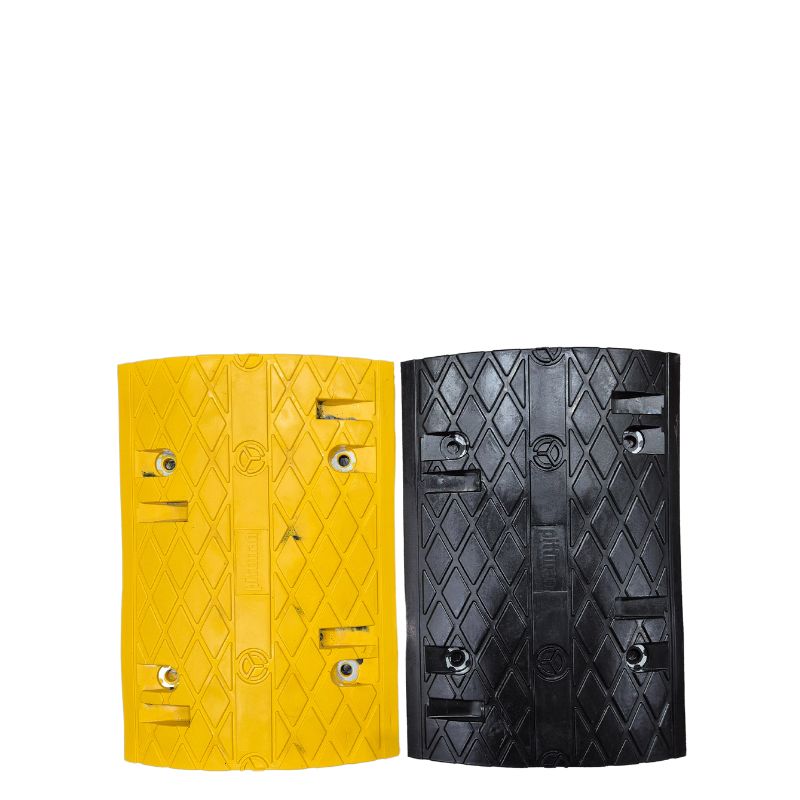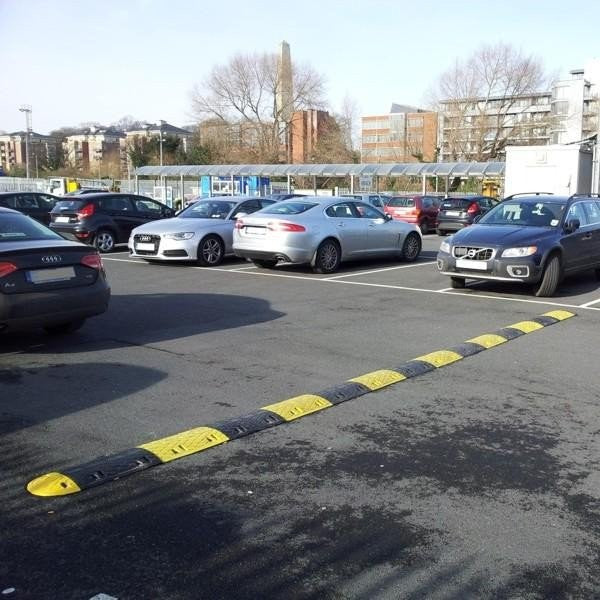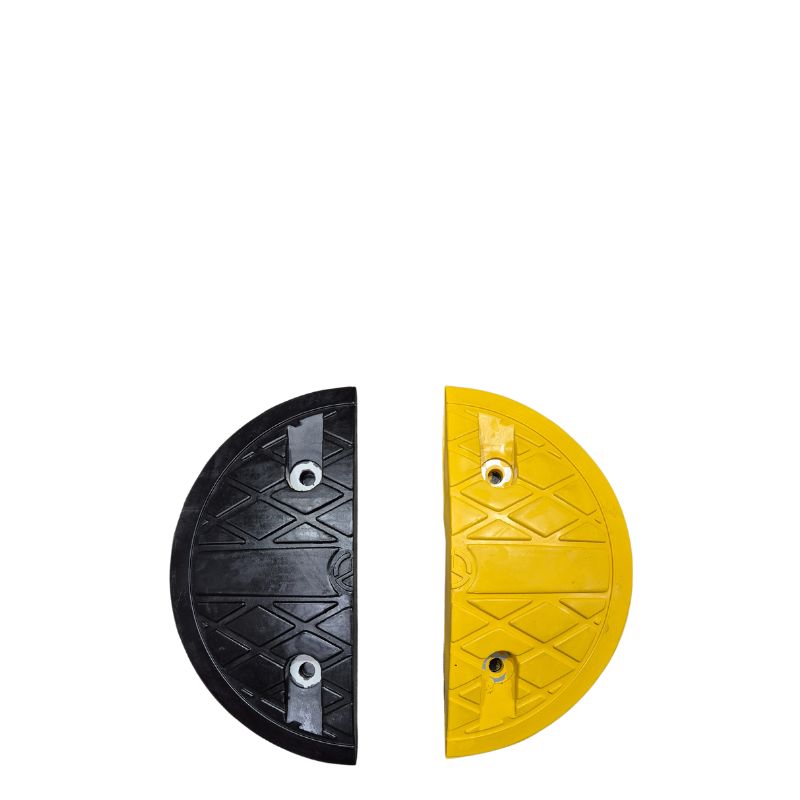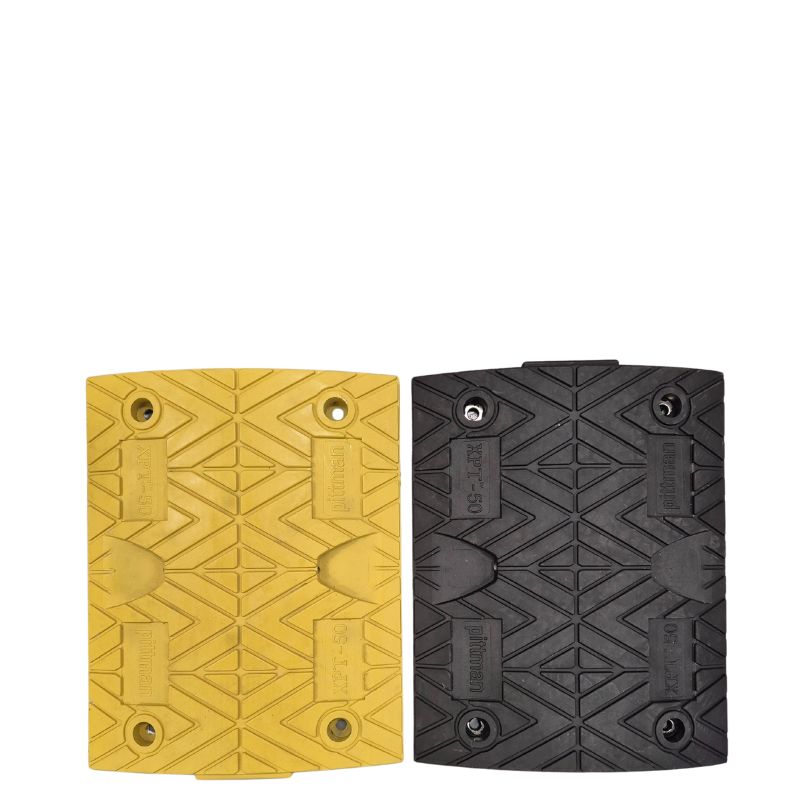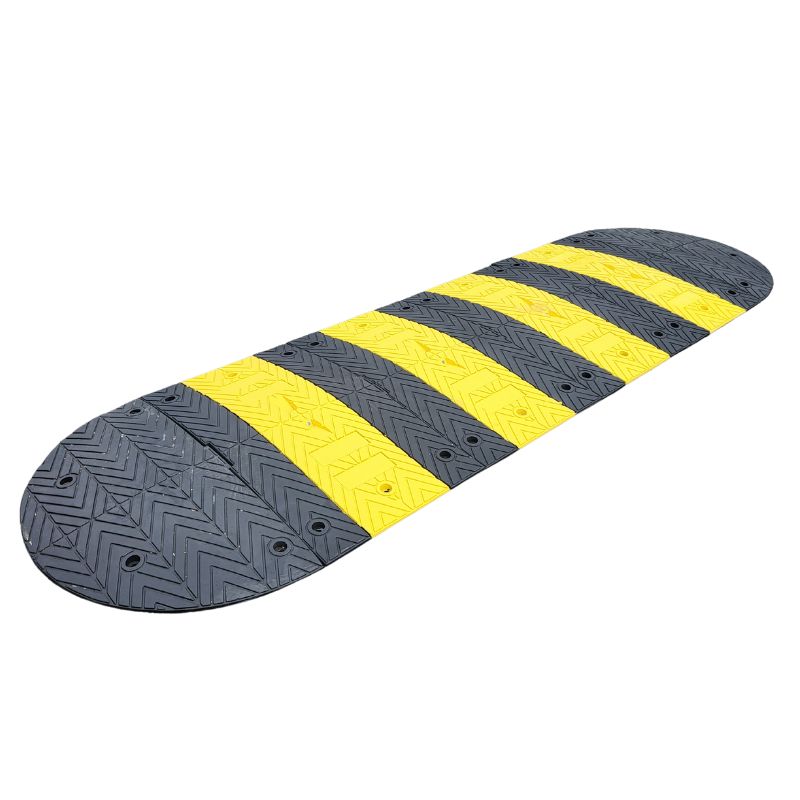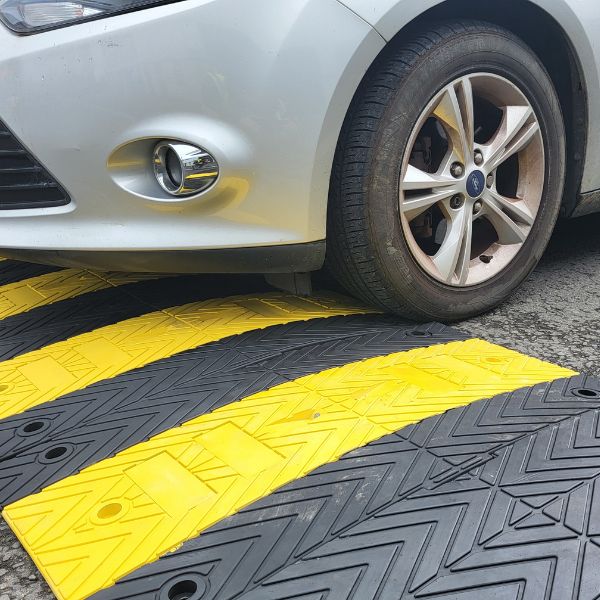Speed Bumps
A full range of modular speed bumps designed to reduce vehicle speeds and enhance safety in car parks, workplaces and on roadways.
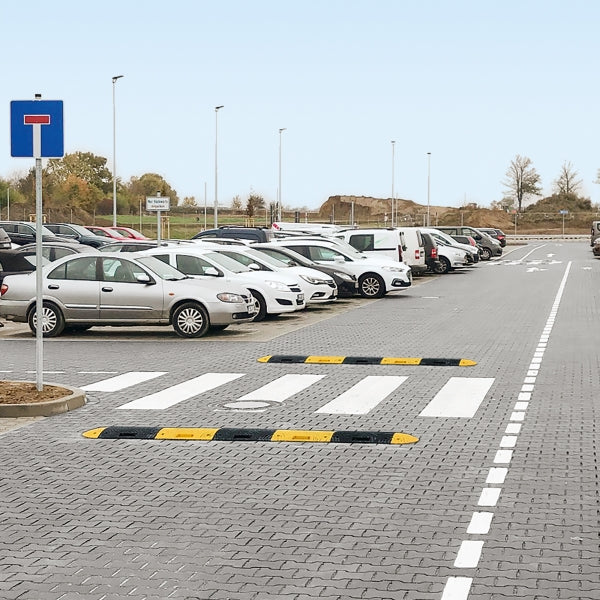
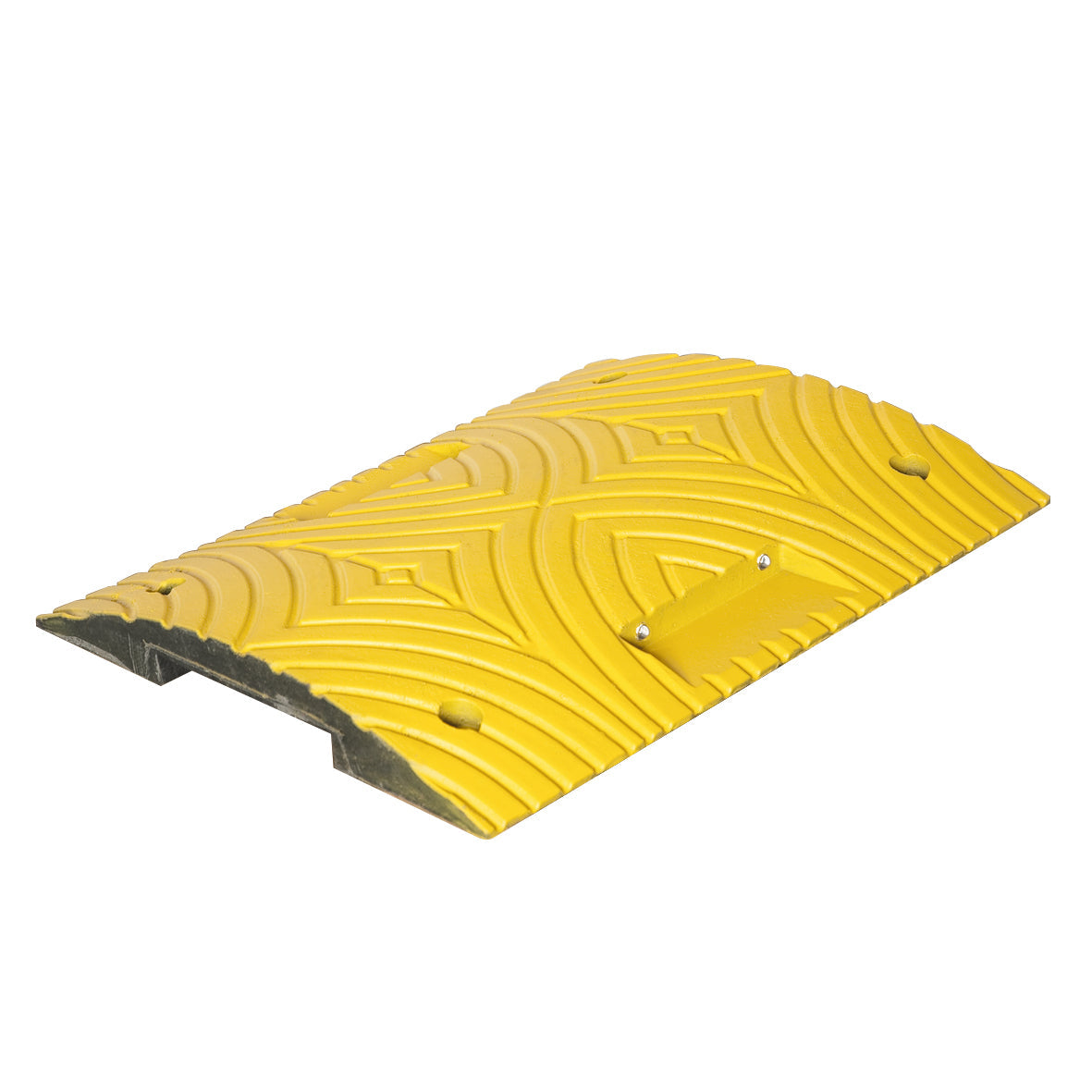
SKU: 899021
Moravia
TOPSTOP-ECO Speed Bump Kit 50mm
Sale priceFrom £173.50ex VAT
Includes 'Cats Eyes' For Heightened Visibility
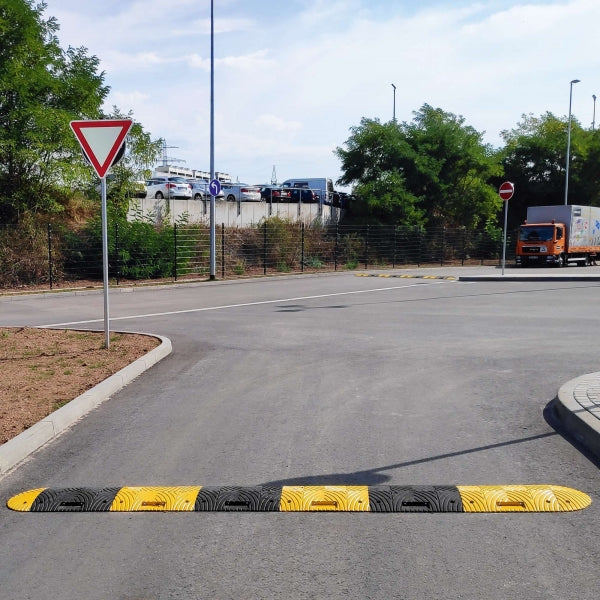
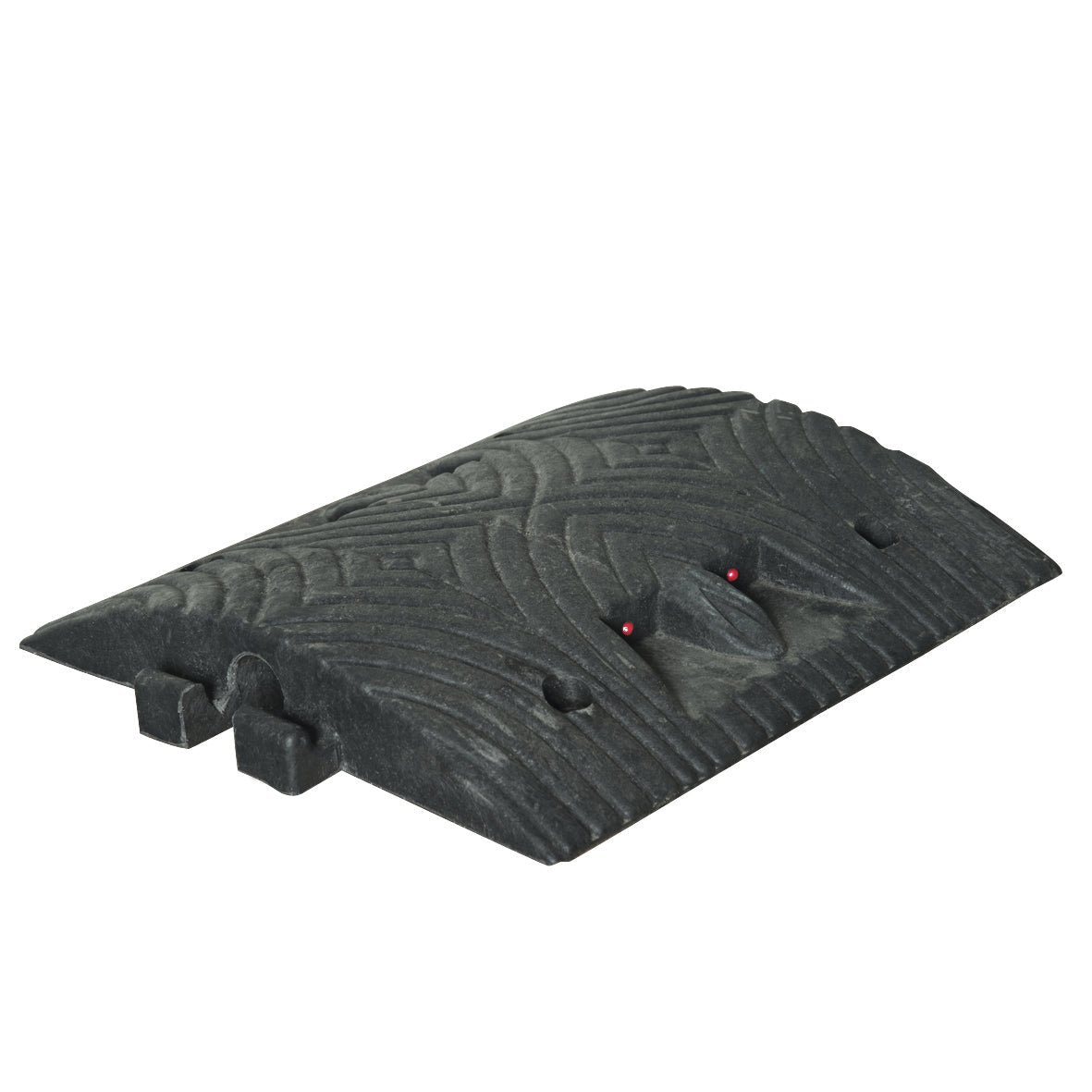
SKU: 755925
Moravia
TOPSTOP-ECO Speed Bump Kit 70mm
Sale priceFrom £229.00ex VAT
Severe Ramp To Slow To 5mph

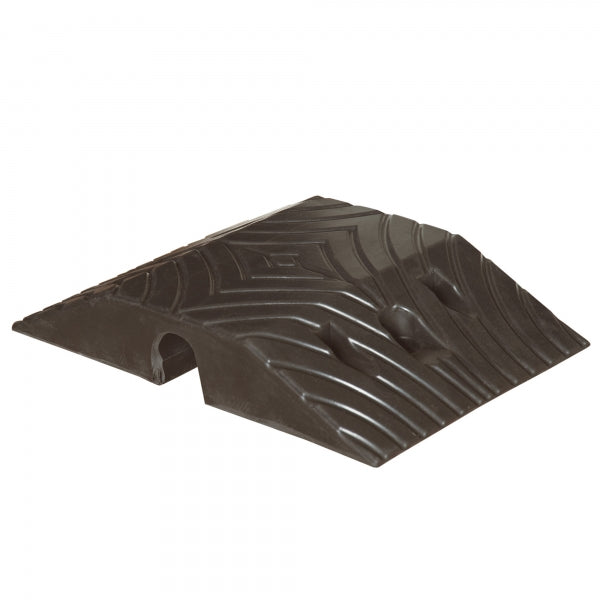
SKU: 768072
Moravia
TOPSTOP HGV Speed Bump 50mm
Sale priceFrom £27.50ex VAT
Heavy Duty For Regular HGV Use


SKU: 735505
Moravia
TOPSTOP HGV Speed Bump 70mm
Sale priceFrom £35.00ex VAT
Heavy Duty For Regular HGV Use
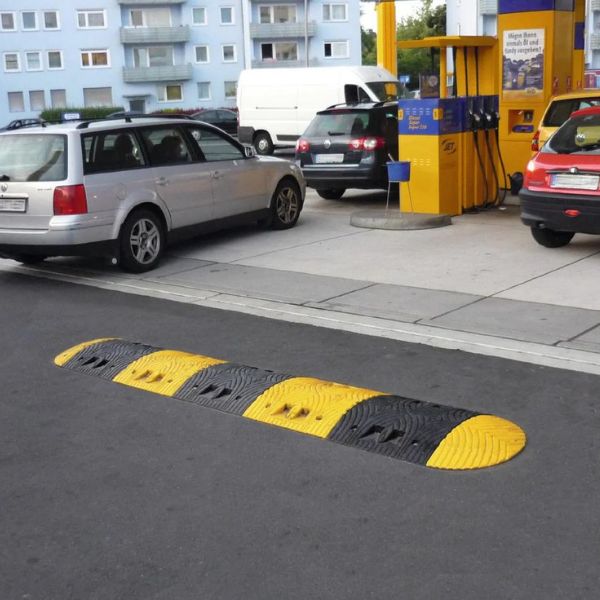

SKU: 768056
Moravia
TOPSTOP-ECO Speed Bump Kit 30mm
Sale priceFrom £126.00ex VAT
Gently Slows Traffic to 15mph
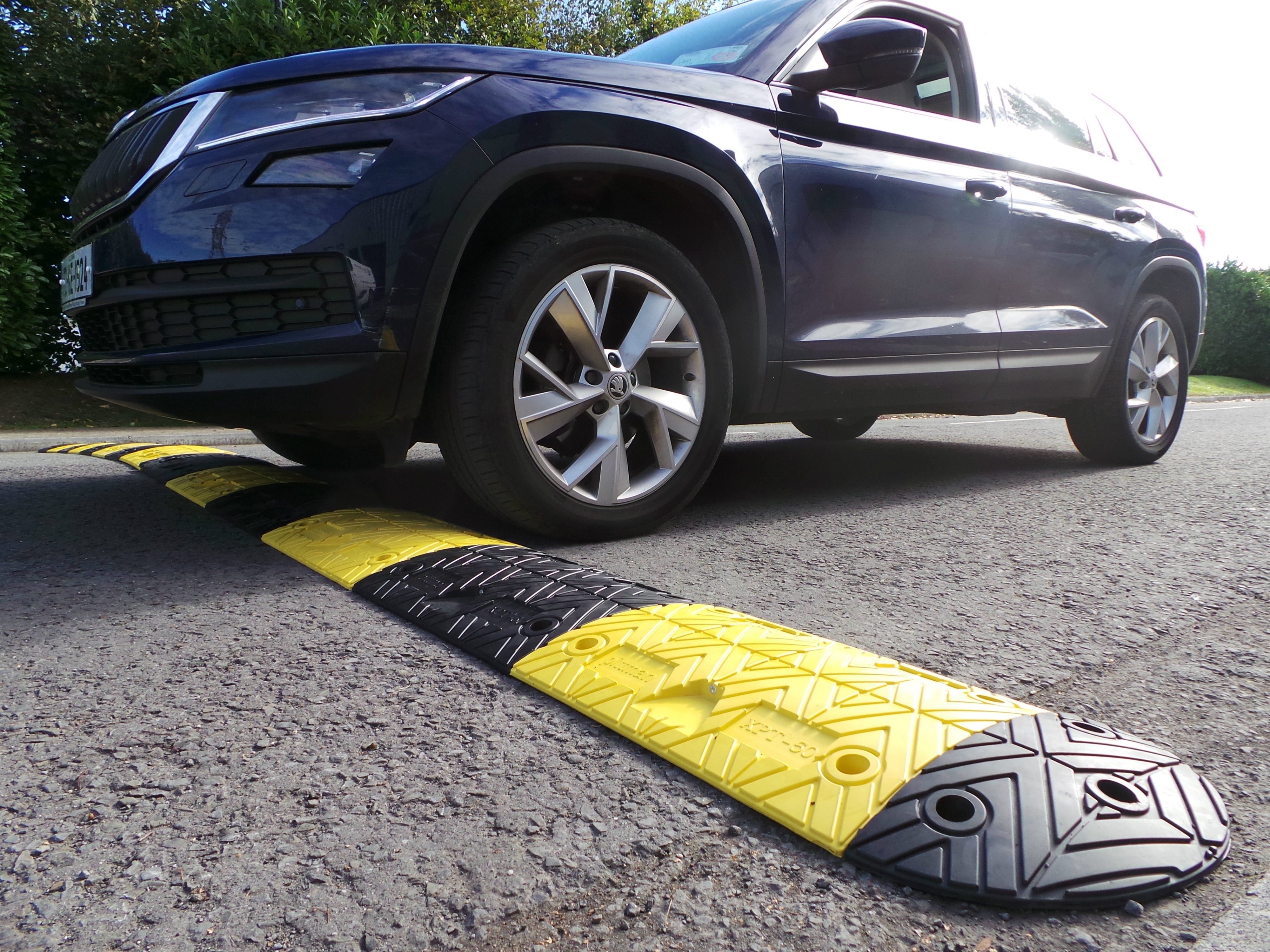
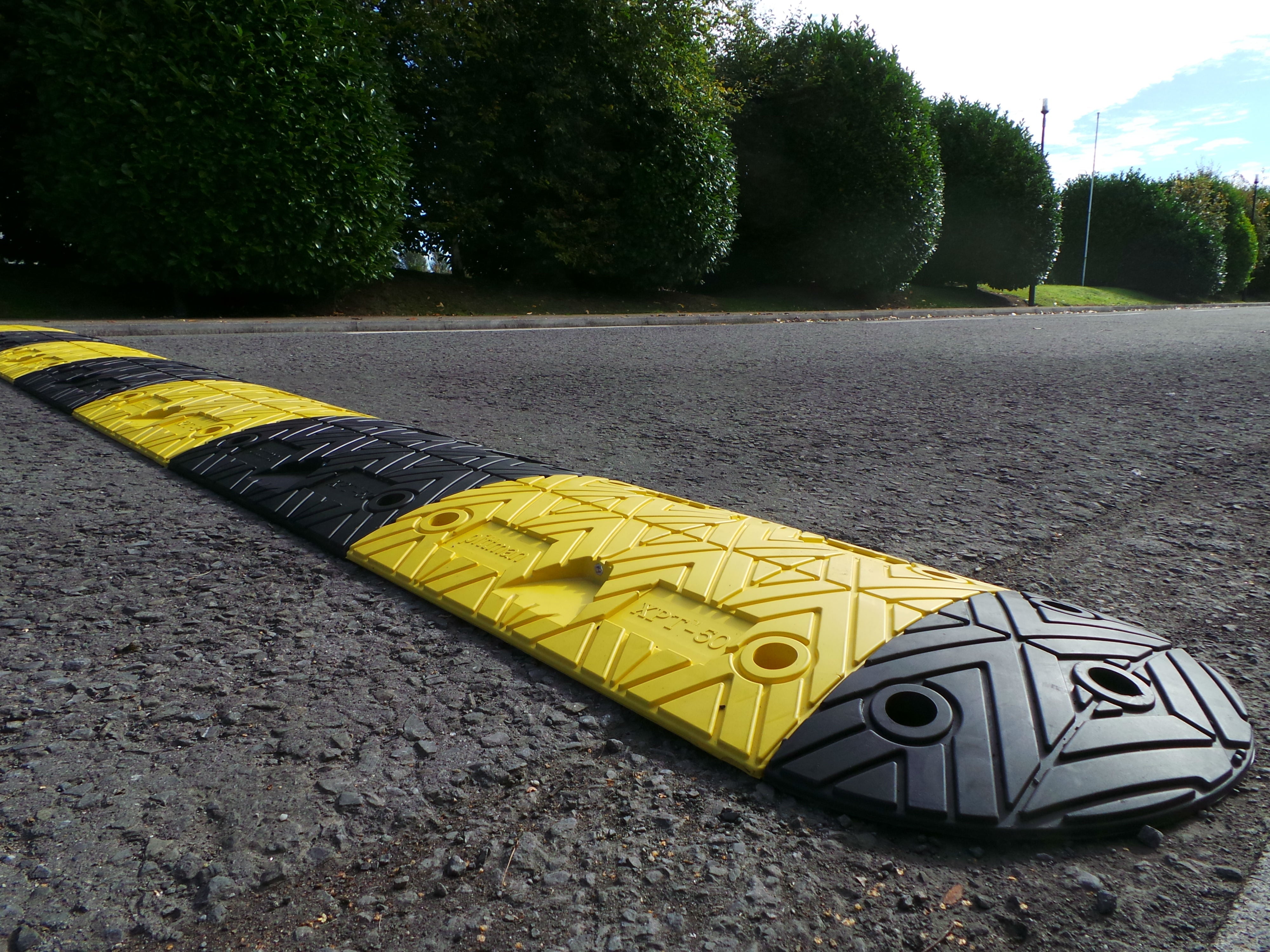
SKU: 747004
XPT
XPT-50 Rubber Speed Bump Kit 50mm
Sale priceFrom £274.95ex VAT
Perfect For HGV Traffic
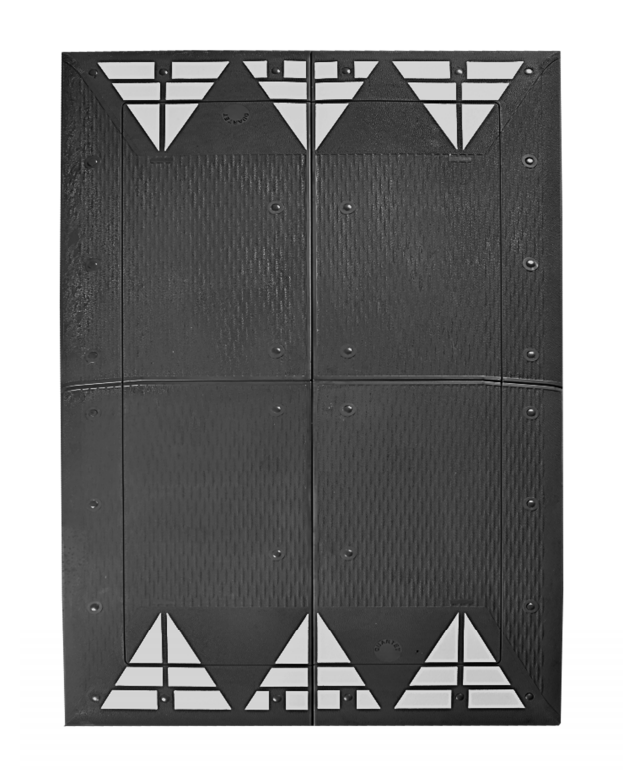
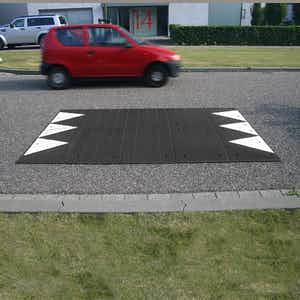
SKU: 747501
XPT
XPT - Berlin Speed Cushion
Sale priceFrom £1,099.00ex VAT
Economic, Waterproof and Stable Traffic Calming
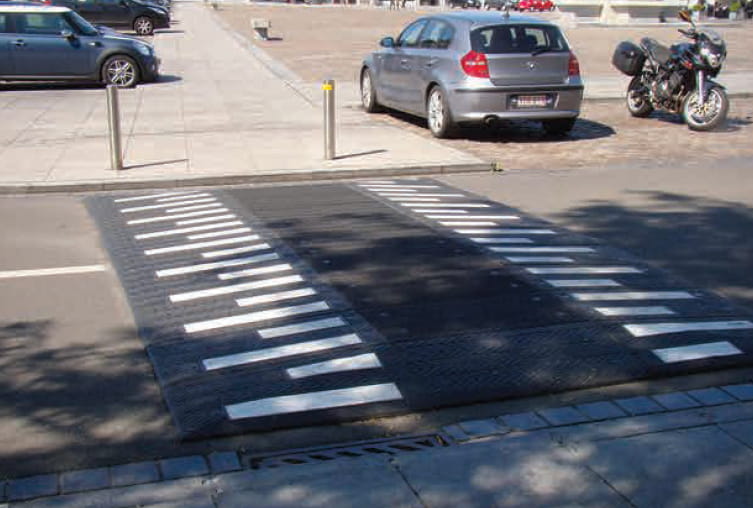
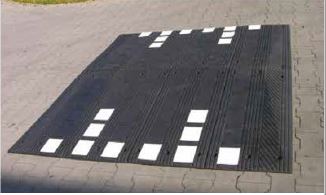
SKU: 747400
XPT
XPT-Modular System Speed Table
Sale price£0.00ex VAT
Slows Urban Traffic to 30km/h - 100% Recycled Rubber
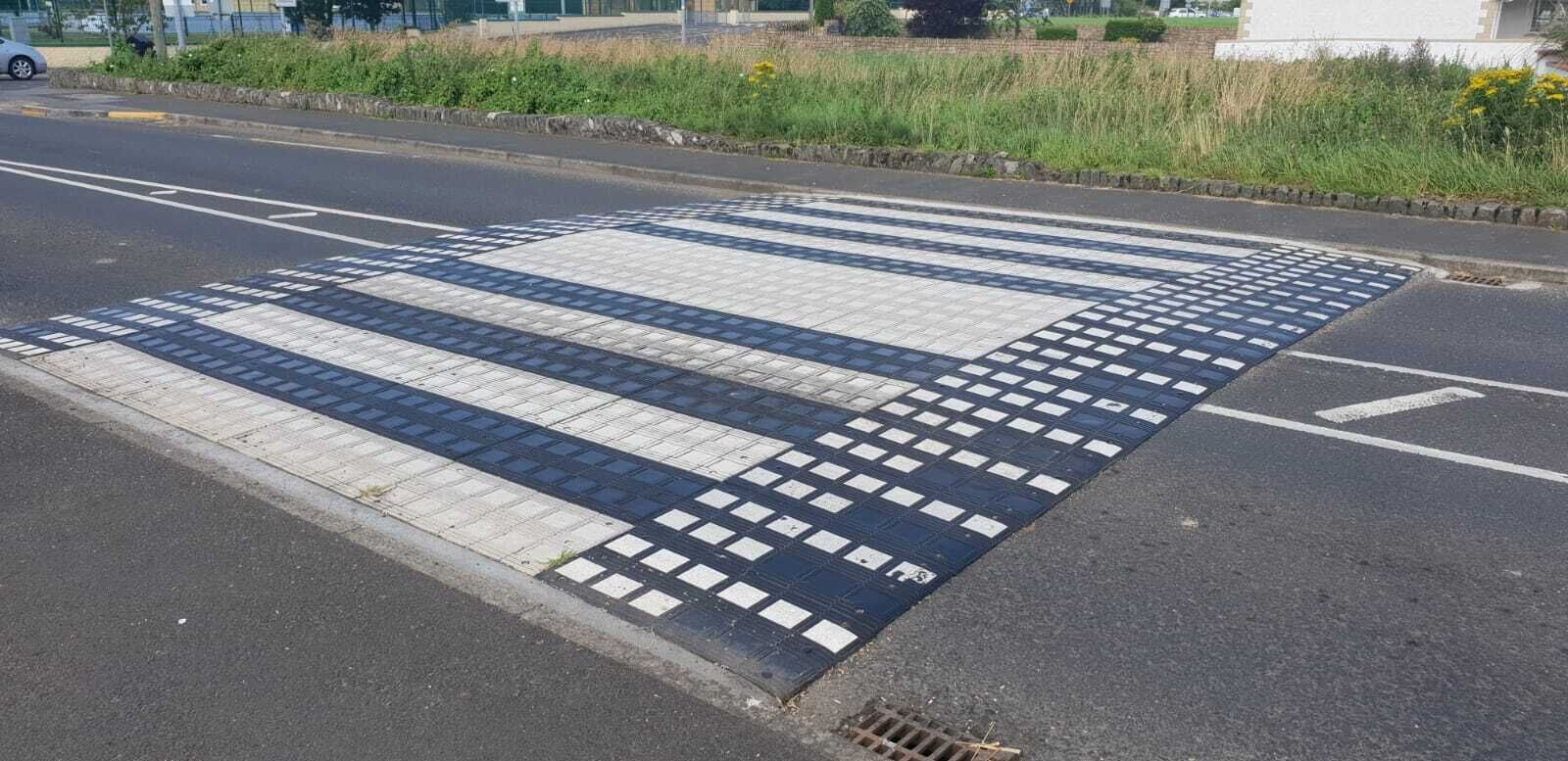
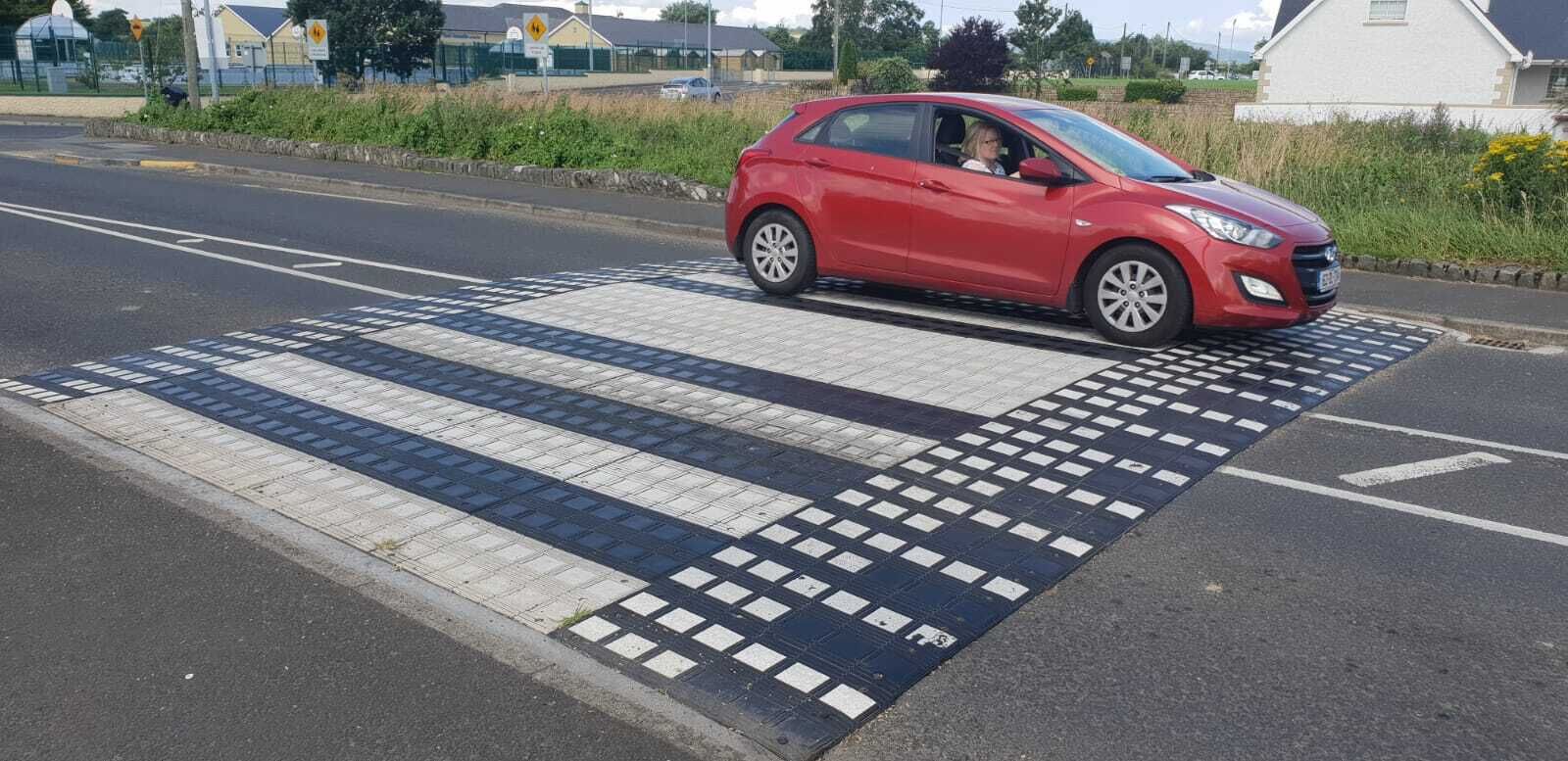
SKU: 747300
XPT
XPT - Modular Rubber Pedestrian Crossing Speed Table
Sale price£9,999.00ex VAT
Quick To Install For Immediate Use
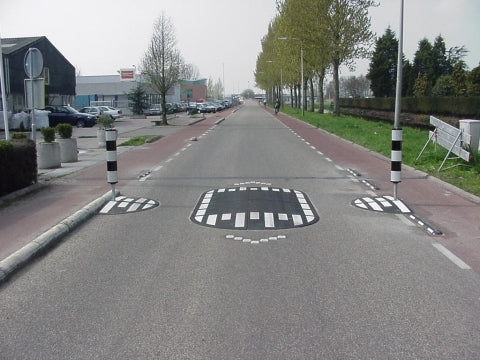
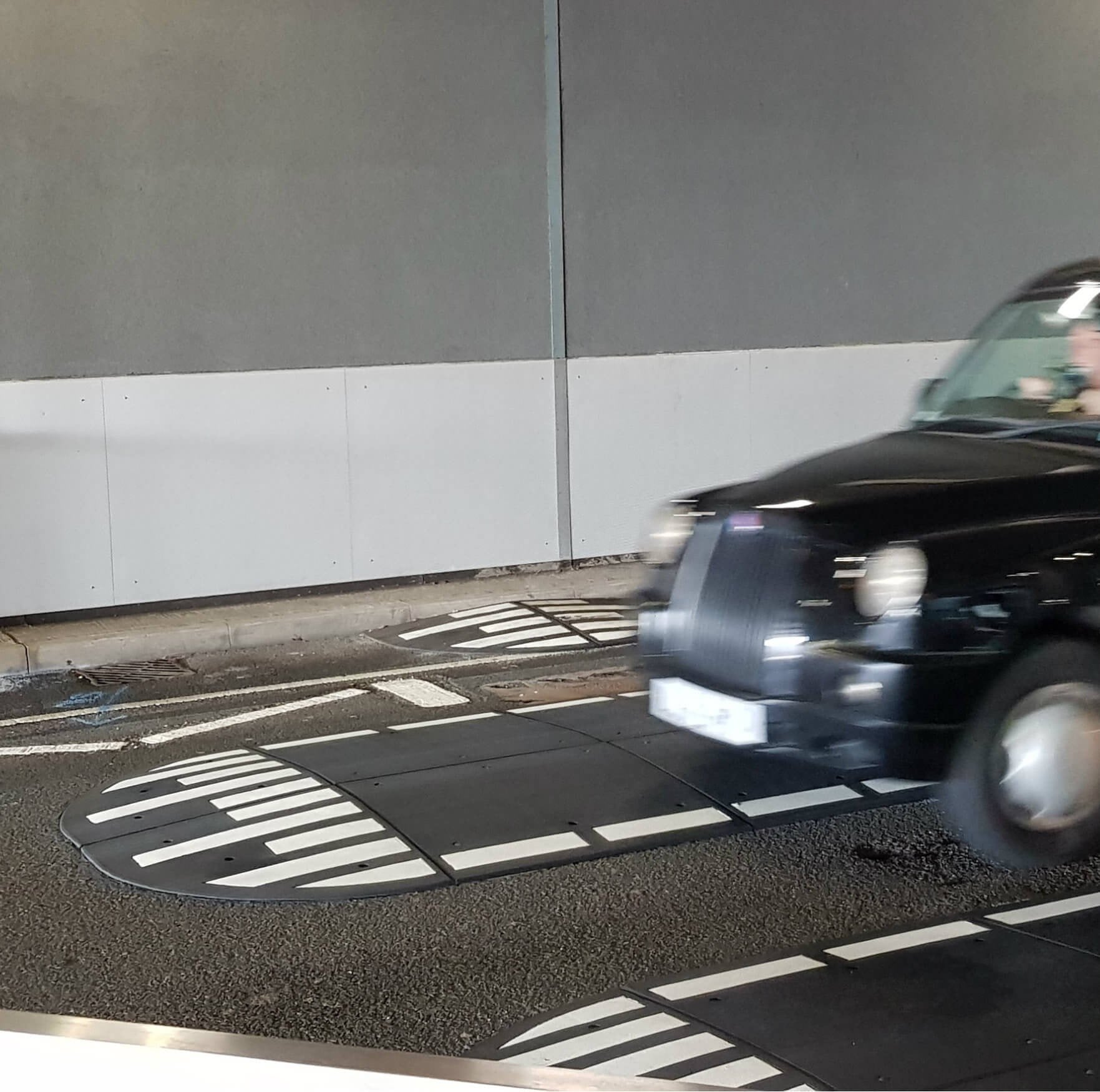
SKU: 895795
XPT
XPT London Speed Cushion System
Sale price£0.00ex VAT
100% Recycled Rubber with High Sound and Vibration Absorption
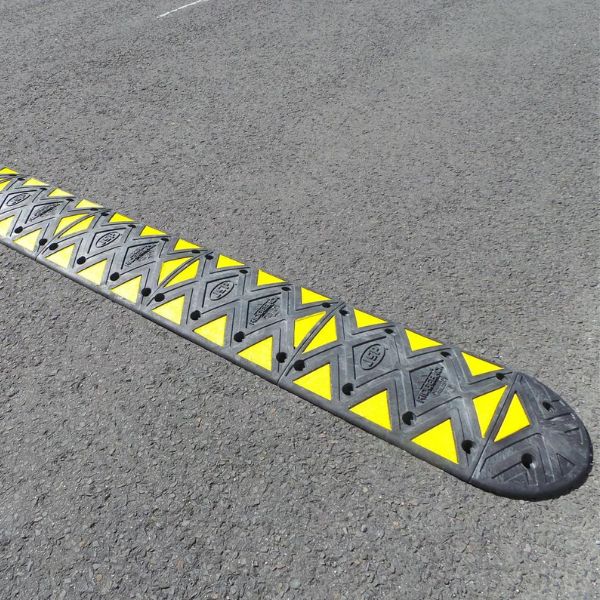
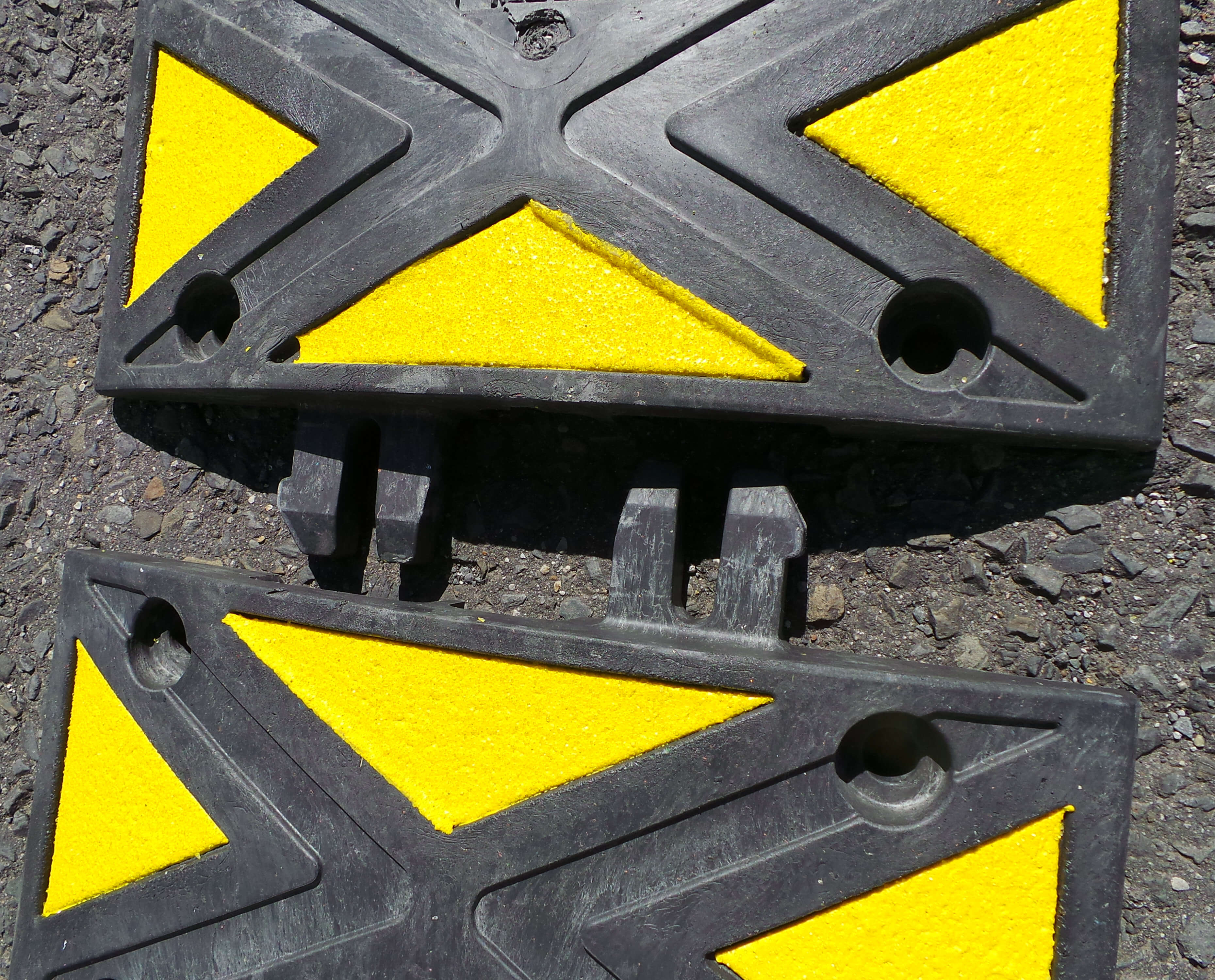
SKU: 756728
JSP
JSP Ridgeback Speed Bump Kit 75mm
Sale priceFrom £199.00ex VAT
Our Highest Bump - Slows Cars to 5mph
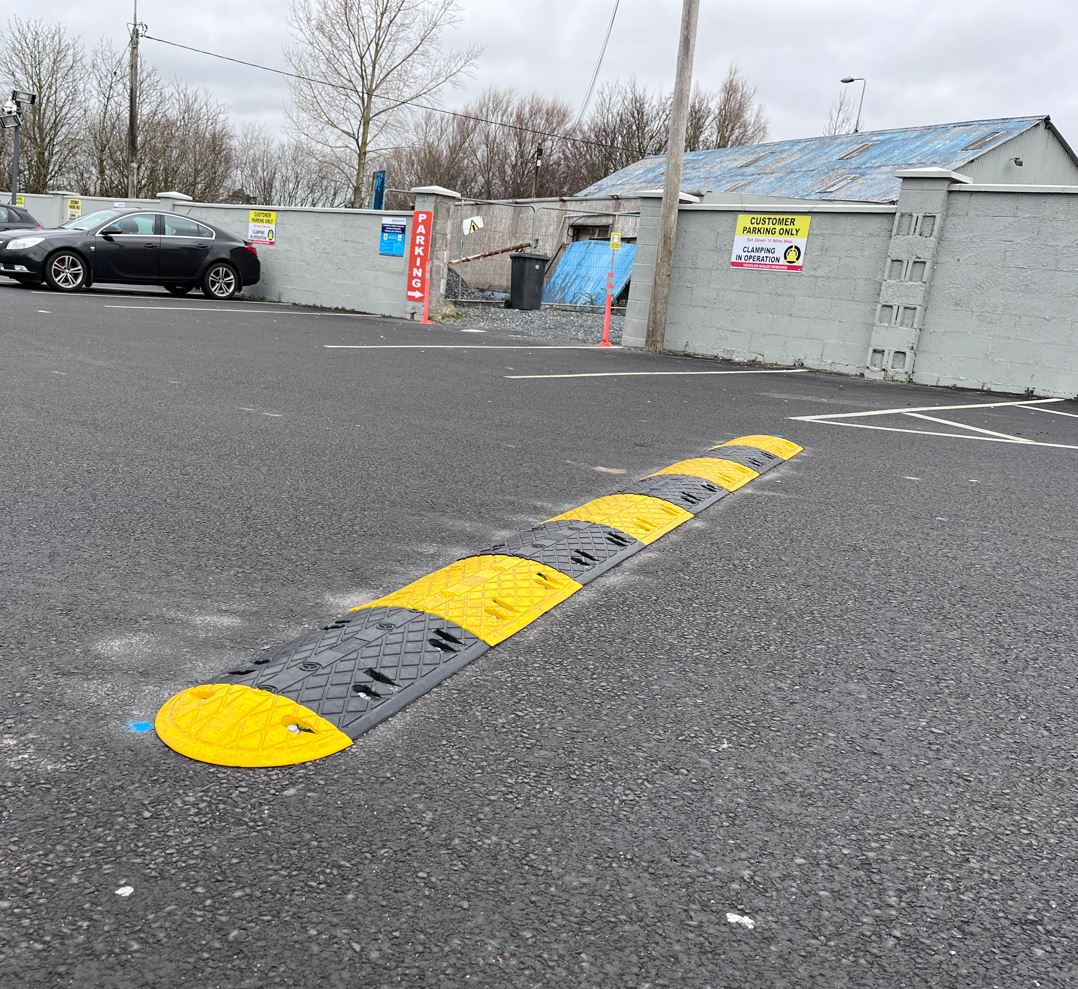
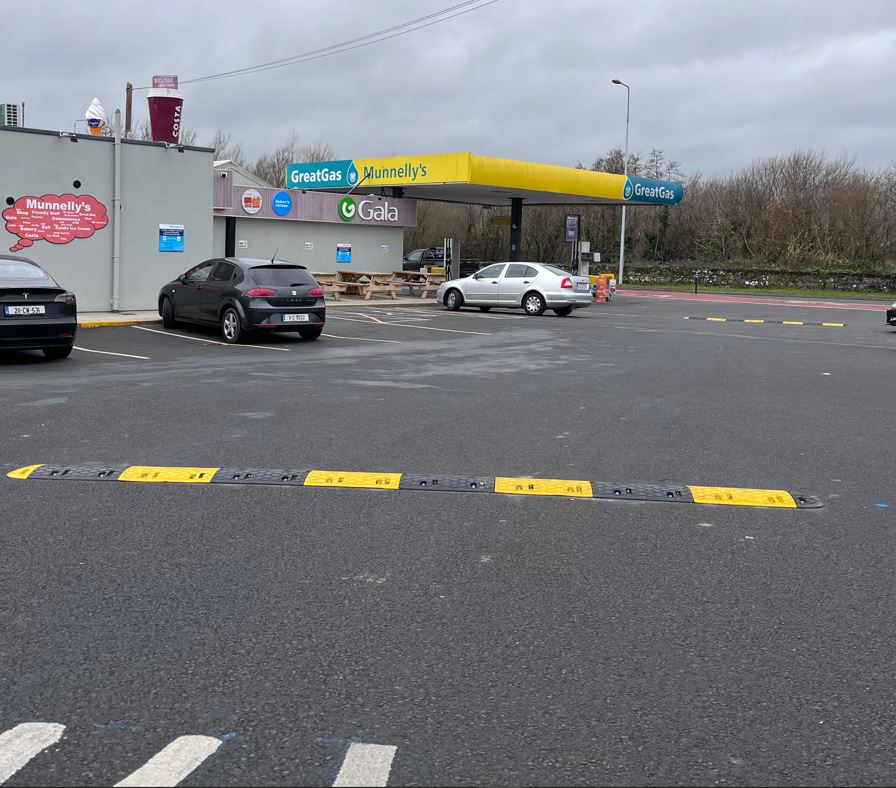
SKU: 756121
Pittman®
Pittman™ 50mm Rubber Speed Bump Kit
Sale priceFrom £92.44ex VAT
Suitable For Cars And Light Commercial Vehicles
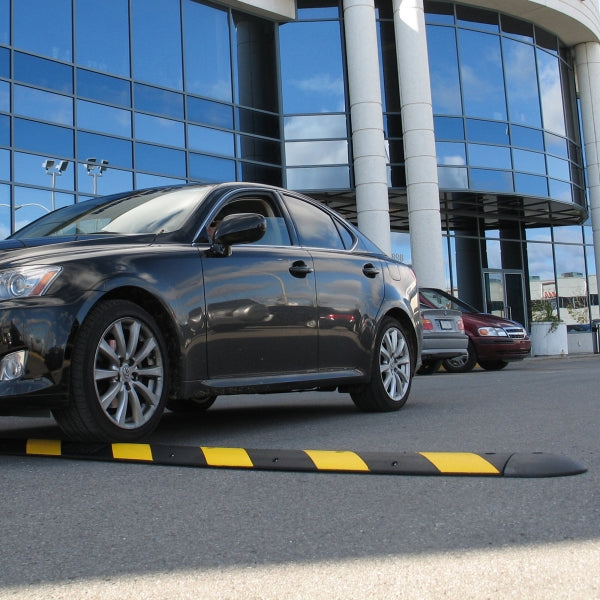
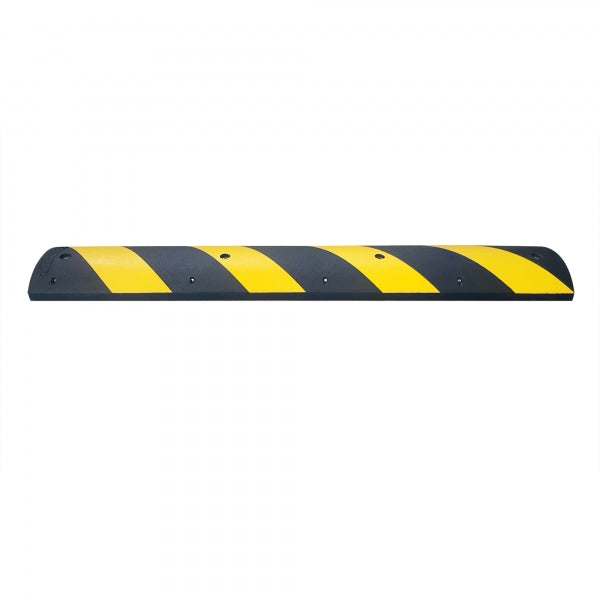
SKU: 862961
Moravia
Easy Rider® Speed Bump
Sale priceFrom £25.00ex VAT
Large Centre Sections Allow For Quick Install





